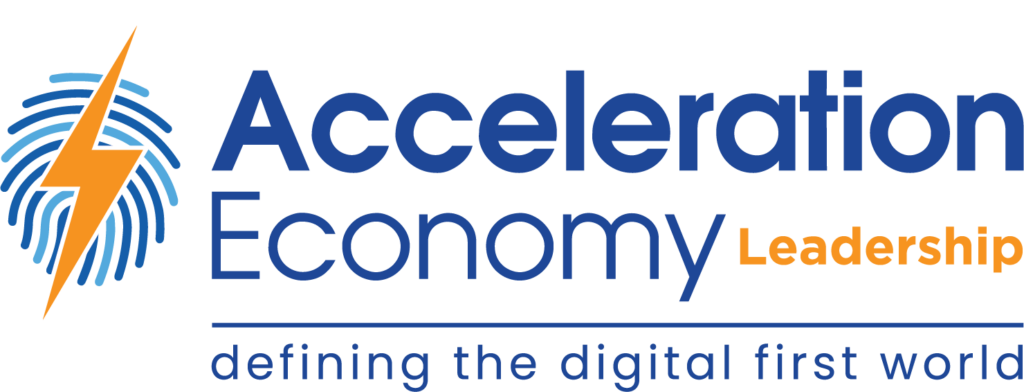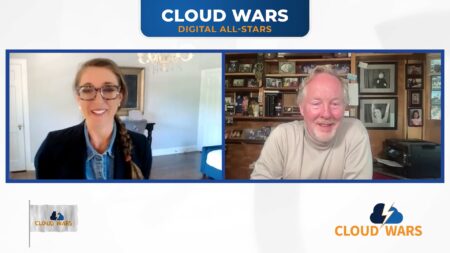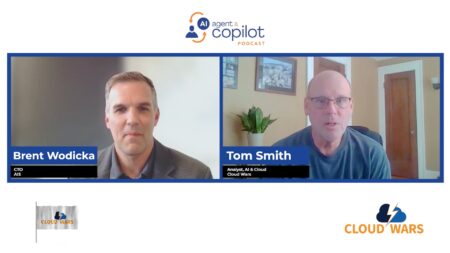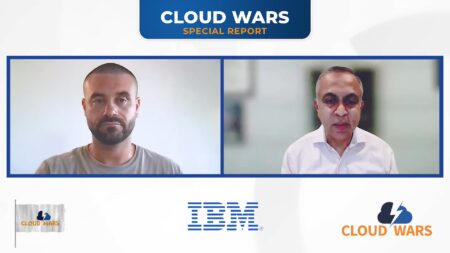When customers ask, “What business are you in?” the usual response is “We make widgets,” or “We fix broken IT,” or “We treat sick people.” I’m sure you know your business, but that kind of answer is dangerously incomplete. Thinking in terms of your ‘Actual Product’[1] is shortsighted; what turns prospects into customers and customers into raving fans is your ‘Augmented Product’: the entire experience buyers have when choosing, acquiring, using your ‘Actual Product,’ including:
- How hard is it to discover your product?
- How hard is choosing and buying the product?
- How hard is it to use?
- How hard to repair, upgrade, re-sell, dispose of?
Let’s turn inward. When employees say, “Tell me about your corporate culture,” you might quote the high-minded phrases engraved over the main entrance. While a well-crafted mission attracts like-minded recruits, what gets most employees out of bed every morning is their experience working for your firm. That includes:
- How hard is it to apply and get hired?
- How does an employee out on a project site get paid?
- How do they ‘learn the ropes,’ and what kind of support and feedback do they get?
Amazing, isn’t it? Both customers and employees care deeply about their experiences dealing with your firm—the countless interactions they have with your people, technology, processes, and value system.
In many firms, responsibility for crafting those all-important interactions, systems, and processes are diffused throughout the firm. Marketing designs the websites, Sales defines the ordering process, IT builds the systems, etc. But who is responsible for cutting horizontally across the many silos that spring up—and become entrenched and staunchly defended–in a large organization? Who looks at the firm from the perspective of the customer and the employee[2]? Who has both the knowledge and the organizational clout to persuade or compel siloed bureaucracies to create better experiences for customers and employees (often at the expense of a silo’s ‘efficiency’[3])?
In yesterday’s firms, the answer was often “Nobody!” Speaking as a long-time CIO, it often falls informally on the CIO and the IT organization to ‘stick up for’ customers and employees. Why? First, IT sees organizations horizontally, from end-to-end. So we get to observe how a process can ‘fall into the crack’ between two adjacent silos.
Second, we have experts in documenting and re-designing processes to automate them, along with trainers and content writers who document and explain how we do business. I’ll tell you what many CIOs lack, however: organizational clout!
A CIO who hasn’t earned the trust of the C-Suite will have a hard time advocating effectively for better experiences. As a CIO who has also been a CDO (Chief Digital Officer), I’ll let you in on a secret: a CIO who has the CEO’s mandate to fix and upgrade experiences and has the persuasive powers to do so gets to be CDO!
But tasking a CIO or CDO with experience evaluation, evolution, and implementation doesn’t provide the focus demanded by the complexity and importance of Customer and Employee Experience. Acceleration Economy firms realize that Chief Experience Officer (CXO) is a full-time, CxO-level job.
I’ve never seen a job description written by a poet, but I think Maya Angelou perfectly captured the essence of the CXO role:
“People will forget what you said, people will forget what you did,
but people will never forget how you made them feel.”
- Marketing professor Philip Kotler described 3 product levels: ‘Core Product’ (what the buyer wants), ‘Actual Product’ (what they buy to satisfy that want) ,and ‘Augmented Product’ (the entire experience buyers have in choosing, acquiring, using the Actual Product). Core product – Wikipedia ↑
- and really, from the perspective of the vendor and the logistics partner and the auditor and the regulator, and so on ↑
- I’m not entirely knocking pursuit of internal efficiencies, but what often happens is that a silo pursues its own efficiencies without looking at the bigger question, “What does this do to our customer?” ↑
Want more tech insights for the top execs? Visit the Leadership channel:










